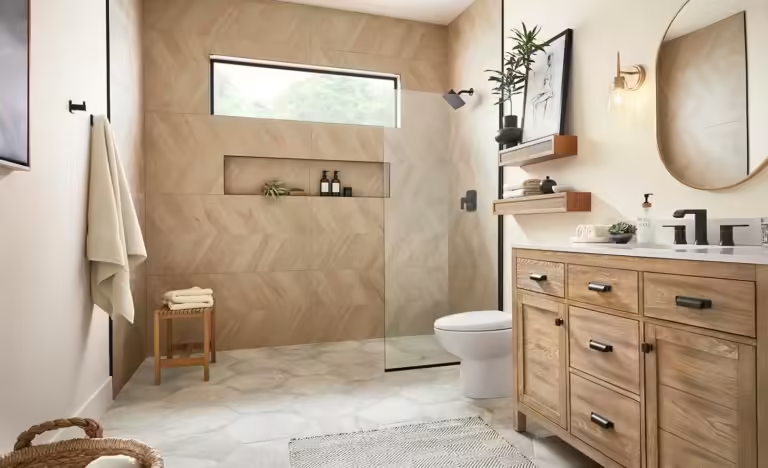Renovating a Bathroom can be an exciting yet challenging project. Whether you’re looking to update an old space, enhance your home’s value, or create a luxurious retreat, planning is essential. Many homeowners are embarking on
bathroom remodeling in Federal Way to enhance their living spaces. With the right approach, your bathroom can become a haven of relaxation and functionality.
However, without a solid plan, you might find yourself overwhelmed by the details and costs. In this guide, we’ll walk you through each step to ensure your renovation is a success, from initial planning to the final touches. Whether you’re a seasoned DIY enthusiast or planning to hire professionals, this comprehensive guide will help you achieve your dream bathroom.
Step 1: Define Your Goals
Before diving into the details, it’s crucial to understand why you’re renovating. Are you aiming to increase the home’s value, update outdated fixtures, or create a more functional space? Defining your goals will help guide your decisions throughout the process.
Think about who will use the bathroom and how it will be used. Will it be a master bath, a family bathroom, or a guest bath? Your answers will influence your design choices. If it’s a master bath, you might want more luxurious features like a double vanity or a soaking tub. For a family bathroom, durability and storage could be top priorities. A clear vision from the start makes the rest of the planning process smoother and ensures the final result meets your needs.
Step 2: Set a Budget
Once you know your goals, the next step is setting a budget. Determine how much you’re willing to spend and stick to it. This includes costs for materials, labor, and a contingency fund for unexpected expenses.
Create a detailed budget that outlines all the components of your remodel. This will help you make informed decisions and avoid overspending. Remember, it’s important to be realistic about your budget to ensure you can complete your project without financial stress. A well-planned budget allows you to prioritize where to splurge and where to save, ensuring a balance between quality and cost.
Step 3: Choose Your Style
Now that you have your goals and budget set, it’s time to choose a style. The style of your bathroom should reflect your taste and complement the rest of your home. Whether you prefer a modern, traditional, or rustic look, there are endless design options to consider.
Start by collecting inspiration from magazines, websites, and social media. Create a mood board to visualize your ideas. This will help you narrow down your choices and create a cohesive design plan. Think about the color scheme, types of fixtures, and overall ambiance you want to achieve. Also, consider the practical aspects, such as easy-to-clean surfaces and storage solutions, to ensure your bathroom is both beautiful and functional.
Step 4: Hire Professionals or DIY?
One of the biggest decisions you’ll make is whether to hire professionals or take on a do-it-yourself approach. While DIY can save money, it requires a lot of time, skill, and the right tools. On the other hand, hiring professionals ensures quality work and saves you from potential headaches.
Consider the scope of your project and your abilities. For tasks like
Bathroom Remodel plumbing, it’s usually best to hire a pro. They have the expertise to handle complex issues and ensure everything is up to code. If you choose to go the DIY route, make sure you have a solid plan and access to the necessary resources. Hiring professionals can be especially beneficial for larger projects where the expertise of a home improvement specialist can prevent costly mistakes.
Step 5: Create a Timeline
With your team in place, it’s time to create a timeline. A well-planned timeline will help keep your project on track and reduce stress. Break down the project into phases and set realistic deadlines for each step.
Discuss the timeline with your contractors to ensure everyone is on the same page. Keep in mind that delays can happen, so it’s a good idea to build some flexibility into your schedule. A detailed timeline helps coordinate the arrival of materials, the availability of workers, and any required inspections. Staying organized will make the process smoother and help avoid prolonged disruptions to your daily routine.

